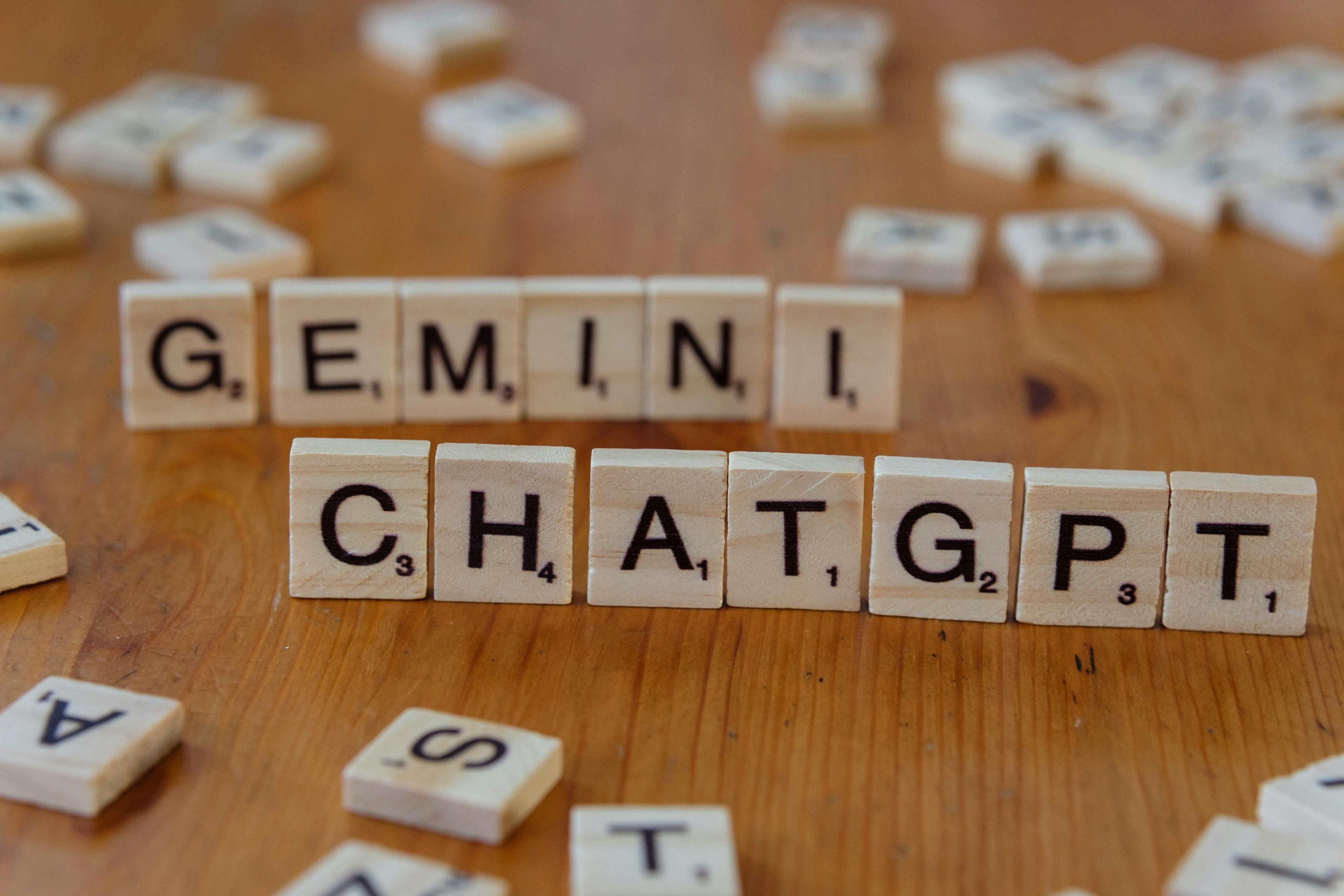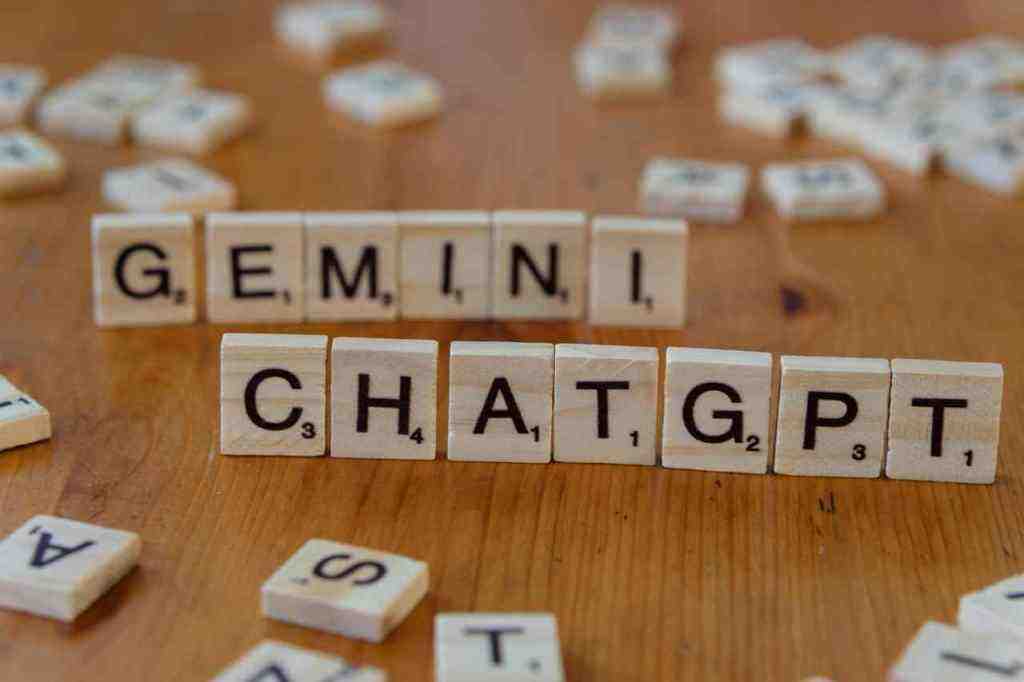OpenAI’s GPT-5 Launch: Navigating the AI Frontier Amidst Fierce Competition

The artificial intelligence landscape is in constant flux, and OpenAI, a company that once seemed to hold an unassailable lead, is now feeling the heat. The highly anticipated launch of GPT-5, their latest large language model, has been anything but smooth, highlighting the escalating competition and the complex challenges of staying at the forefront of AI innovation. As rivals like Google, Anthropic, and Meta rapidly advance their own powerful models, OpenAI’s journey with GPT-5 reveals a critical juncture for the company and the industry as a whole.
The Immense Hype and Expectations for GPT-5
The anticipation surrounding GPT-5 has been nothing short of immense. Building on the groundbreaking capabilities of its predecessors, GPT-3 and GPT-4, users and industry experts alike have been eagerly awaiting advancements in reasoning, accuracy, and multimodal understanding. The potential for GPT-5 to revolutionize fields from creative content generation to complex scientific research has created a palpable sense of excitement and urgency. However, this heightened expectation also means that any perceived missteps or delays in GPT-5’s development and rollout are magnified in the public eye. OpenAI’s previous successes have set a very high bar, and the market is watching closely to see if GPT-5 can clear it.
Internal Hurdles and the Competitive Gauntlet
Reports indicate that OpenAI has grappled with significant internal challenges during GPT-5’s development. These hurdles are not unusual in cutting-edge AI research, where pushing technological boundaries often means encountering unforeseen obstacles. Issues such as ensuring model safety, mitigating inherent biases, and achieving the desired performance levels have likely contributed to a more extended development cycle than initially planned. Training models of GPT-5’s scale demands vast computational resources and sophisticated engineering, a constant battle against technical limitations.
The AI arena is no longer a one-player game. Companies like Google with its Gemini models, Anthropic with its Claude series, and Meta with its Llama family are making substantial investments. Google’s Gemini has showcased impressive multimodal capabilities, while Anthropic’s Claude models are recognized for their emphasis on safety and constitutional AI. Meta’s Llama models have also gained considerable traction, particularly within the open-source community. This escalating competition means OpenAI cannot afford to be complacent; every advancement by a competitor increases the pressure to deliver superior technology.
Balancing Innovation with Safety and Ethics
A critical aspect of GPT-5’s development has been the intense focus on safety and ethical considerations. As AI models become more powerful, the potential for misuse or unintended consequences grows exponentially. OpenAI has consistently stated its commitment to responsible AI development, but putting these principles into practice with a model as advanced as GPT-5 presents complex challenges. Striking a balance between groundbreaking innovation and robust safety measures is a delicate act, requiring rigorous testing, transparent development practices, and continuous dialogue with the broader AI community and regulatory bodies.
The public’s perception and trust in advanced AI systems are paramount for the successful adoption and integration of technologies like GPT-5. High-profile AI incidents, even if unrelated to OpenAI, can shape public opinion and lead to increased scrutiny. OpenAI’s communication strategy, transparency in its development processes, and proactive engagement with societal concerns will be crucial for building and maintaining this trust. A successful GPT-5 rollout hinges not only on technical excellence but also on a clear demonstration of its benefits and a firm commitment to mitigating potential harms.
The Strategic Imperative of GPT-5 for OpenAI
GPT-5 is more than just an incremental upgrade; it represents a strategic imperative for OpenAI. Maintaining its leadership position is vital for securing future funding, attracting top AI talent, and influencing the global direction of AI development. A successful GPT-5 launch could solidify OpenAI’s market dominance and unlock new avenues for commercialization and application. Conversely, a faltering rollout could cede valuable ground to competitors and diminish its influence in this rapidly evolving field.
The economic implications of advanced AI models like GPT-5 are profound. They hold the potential to drive significant productivity gains, create entirely new industries, and transform existing ones. However, they also raise concerns about job displacement and the concentration of economic power. OpenAI’s approach to the economic impact of its technology, including considerations for equitable access and mitigating negative societal consequences, will be a key part of its long-term legacy and its role in shaping the future economy. The International Monetary Fund (IMF) projects that AI will boost global GDP by approximately 0.5% annually between 2025 and 2030, with economic gains potentially outweighing the costs of increased carbon emissions from energy-hungry data centers.. Find out more about GPT-5 development hurdles and safety guide.
Navigating the Evolving AI Ecosystem
The success or failure of GPT-5 will undoubtedly send ripples across the entire AI ecosystem. Developers, businesses, and researchers rely on advanced AI models as foundational tools for innovation. If GPT-5 delivers on its promise, it could unlock new possibilities and accelerate progress across numerous fields. However, if it falls short or faces significant setbacks, it could create uncertainty and slow the broader adoption of AI technologies. The industry is watching closely, understanding that OpenAI’s trajectory significantly impacts the collective advancement of artificial intelligence.
The rise of powerful open-source AI models presents another layer of complexity for OpenAI. While OpenAI traditionally operates with a more closed, research-focused model, the open-source community, exemplified by projects like Meta’s Llama, fosters rapid iteration, broad accessibility, and diverse applications. This dynamic creates a dual-track approach to AI advancement, where proprietary models push the absolute frontier of capability, while open-source alternatives democratize access and accelerate widespread adoption and experimentation. OpenAI must carefully consider how its proprietary models coexist and compete within this broader open ecosystem.
The global regulatory landscape is also a significant factor. As AI capabilities advance, so does the global focus on regulation. Governments worldwide are actively exploring and implementing frameworks to govern AI development and deployment. OpenAI, as a leading AI developer, must navigate this evolving landscape. Compliance with emerging standards, engagement with policymakers, and a proactive approach to addressing regulatory concerns will be essential for ensuring the long-term viability and responsible deployment of its technologies, including GPT-5. The uncertainty surrounding future regulations adds another layer of complexity to strategic planning.
The Future of Human-AI Collaboration
The ultimate goal of advanced AI like GPT-5 is often seen as enhancing human capabilities and fostering new forms of collaboration. The way GPT-5 is designed and integrated into workflows will determine its effectiveness in this regard. Whether it serves as a powerful tool for professionals, a creative partner for artists, or an assistant for everyday tasks, its success will be measured by its ability to augment human intelligence and productivity. OpenAI’s vision for human-AI collaboration will shape how GPT-5 is perceived and utilized in the years to come.
The economic impact of AI is projected to be substantial, with estimates suggesting it could unlock up to $15.7 trillion in economic value by 2030, primarily by amplifying human capabilities. This rapid evolution demands a shift in how we measure and develop skills. In 2025, we’re entering a new era of human-centered skill measurement, moving beyond traditional metrics to assess real-world skill application, proficiency, and growth. Even soft skills, once considered immeasurable, are becoming quantifiable, reshaping how human potential is unlocked in classrooms, workplaces, and careers.
Conclusion: Adapting to a Dynamic AI Market
OpenAI’s experience with GPT-5 underscores the dynamic and fiercely competitive nature of the AI market. The company’s ability to adapt to these challenges, learn from its development process, and continue to innovate will be key to its long-term success. As AI technology continues its rapid evolution, staying ahead will require not only technical prowess but also strategic agility, a deep understanding of market needs, and an unwavering commitment to responsible development. The journey of GPT-5 is a testament to the ongoing quest for artificial general intelligence and the complex realities of bringing such powerful technology to the world.
The definition of AI leadership itself is evolving. It’s no longer solely about having the largest or most powerful model. Factors like safety, ethical alignment, accessibility, and the ability to translate cutting-edge research into practical, beneficial applications are increasingly important. OpenAI’s challenge with GPT-5 is not just about technical superiority but also about demonstrating responsible stewardship of increasingly potent AI capabilities in a world that is still grappling with understanding and regulating this transformative technology.
Key Takeaways:
- The AI landscape is intensely competitive, with rivals like Google, Anthropic, and Meta rapidly advancing their own large language models.. Find out more about Google Gemini vs OpenAI GPT-5 strategies.
- OpenAI faces significant internal challenges in developing and rolling out GPT-5, impacting its timeline and public perception.
- Safety, ethical considerations, and public trust are paramount for the successful adoption of advanced AI models like GPT-5.
- Strategic partnerships, particularly with Microsoft, are crucial for OpenAI’s ability to scale and compete in the AI market.
- The success of GPT-5 will have ripple effects across the entire AI ecosystem, influencing future innovation and adoption.
As the AI race continues to heat up, staying informed and adaptable is crucial. What are your thoughts on the current state of AI development and the role of models like GPT-5? Share your insights in the comments below!
